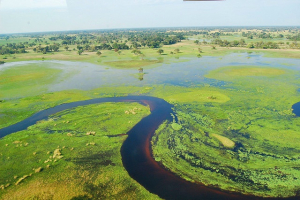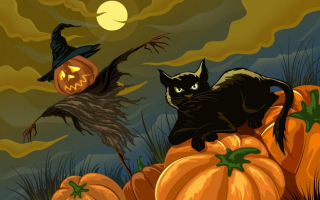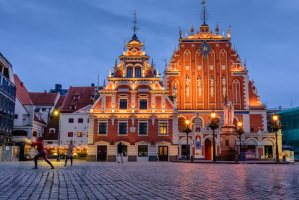Top 9 Things to Know about Angola
Angola deserves to be on everyone's bucket list because of its stunning scenery, vibrant culture, and friendly people. Luanda, the capital city, is known as ... read more...Africa's Paris because of its vibrant metropolitan atmosphere. However, the country has some seriously beautiful beaches as well as a plethora of historical sites. Simply put, it's ideal for all kinds of adventurous travelers. Here are the most interesting things to know about Angola, whether you're planning a trip or just want to brush up on your Angolan knowledge.
-
The Kalandula waterfall, one of the things to know about Angola, is located in the Malanje province of Angola. The Kalandula waterfall, at 105 meters high and 400 meters wide, is Africa's second-largest after Victoria Falls. Angola also has a diverse range of natural wonders, ranging from lush green hills to dry savanna plains. Visit during the rainy season, from September to April, for the best effect (the rains are heaviest between November and January).
Since Kalandula waterfall is surrounded by scenic landscapes, great grasslands, and spanning savannas, this major waterfall is both powerful and impressive. That is why, compared to Zim-Victoria Zam's Falls, it is a hidden treasure and one of the world's true wonders, so be a part of it and discover it for yourself! Tourists who want to see the waterfall will be picked up in the early morning from their desired location in Luanda and taken on a trek to the falls. They'll have a couple of hours at the falls to take photos and take in the breathtaking scenery before getting back in the car for the long journey home!
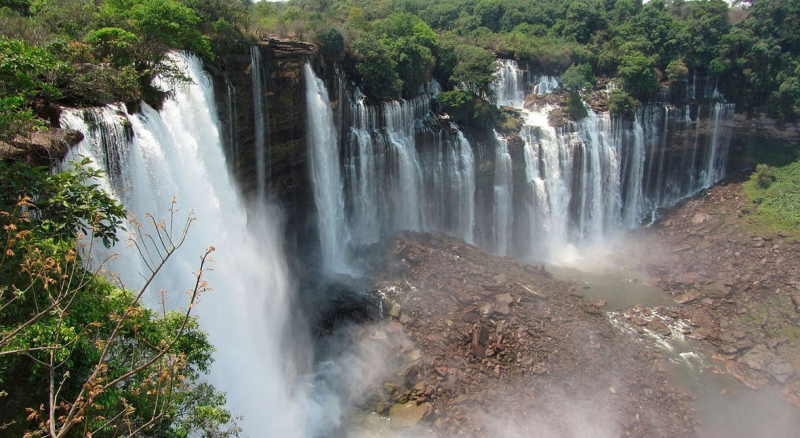
smartwatermagazine.com 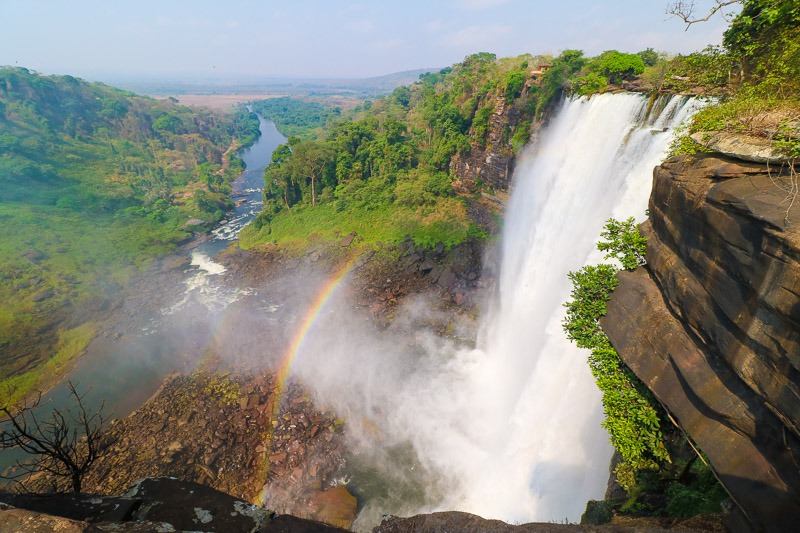
pinterest.com -
Brazil’s famous samba dance is recognized worldwide, but did you know it may have originated in Angola? The traditional dance of Angola is known as semba, and it is thought to be the origin of samba, which was later developed in Brazil. Slavery brought Angola's musical culture to North and South America during the 17th century. The seventeenth-century sea voyages established a new rhythm by establishing contact between people from the Iberian peninsula and Amerindians. Angolan musicians shared a common desire to live, and they absorbed a variety of foreign influences, including Angolan rhythms and dances that slaves had taken with them, later returning in a modified form and influencing Angolan singers seeking identity in them.
Angola's cultural roots can be traced back to the central Bantu people's traditions and the ancient kingdom of Kongo. As a result, Semba music has been heavily influenced by their culture. Semba music was also heavily influenced by Kazukuta and Kabetule rhythms. Understanding the Semba music lyrics is crucial. They cover stories about everyday life, social events, and activities. Semba's message was frequently about Angola's independence. This was especially true during the Angolan War, which lasted from 1961 to 1975. Semba's lyrics frequently contained messages of freedom intended to open people's eyes.
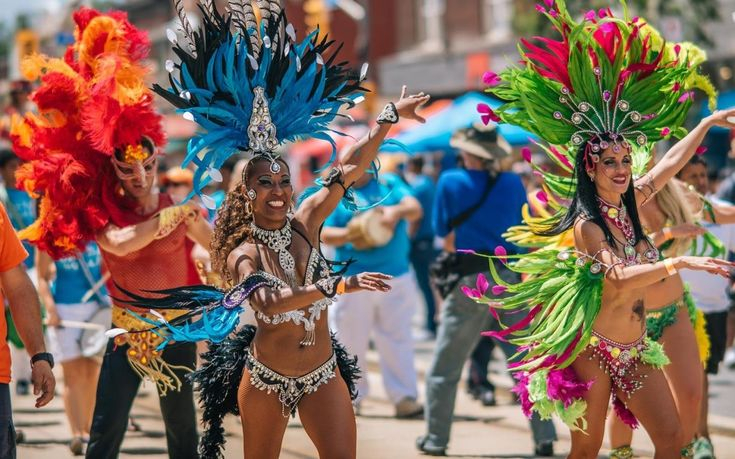
pinterest.com 
pinterest.com -
Angola's official language is Portuguese, despite the fact that it gained independence from Portugal in 1975. This is due to the country's unfortunate history as a colony. It is also Angola's most widely spoken language. Angolan Portuguese is a dialect of Portuguese spoken in Angola that is similar to Brazilian Portuguese in many ways. According to a study from 2014, nearly 71 percent of Angola's population speaks Portuguese. The language is spoken as a first language by 39 percent of the population and as a second language by many more.
Younger Angolans speak Portuguese as well, and it is often the only language they know. Portuguese speakers are more common in Angola's urban areas, where Portuguese is spoken by 85 percent of the population. In rural areas, the use of the language is relatively low, with only about 49% of the population speaking Portuguese. Many native languages, however, have been preserved and are still spoken. Umbundu, Kimbundu, Kikongo, and Tchokwe are among them.
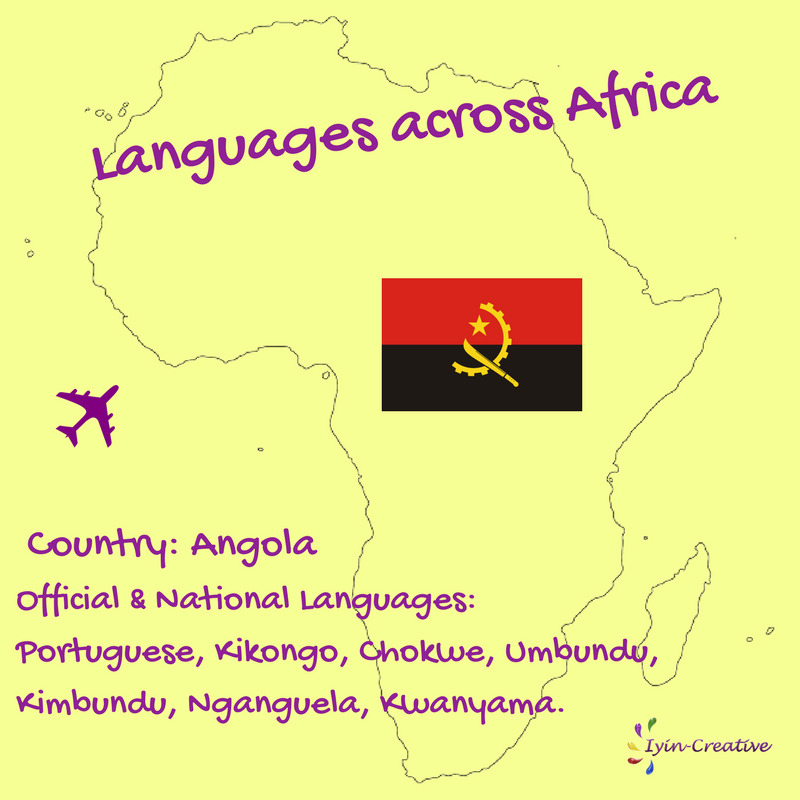
twitter.com 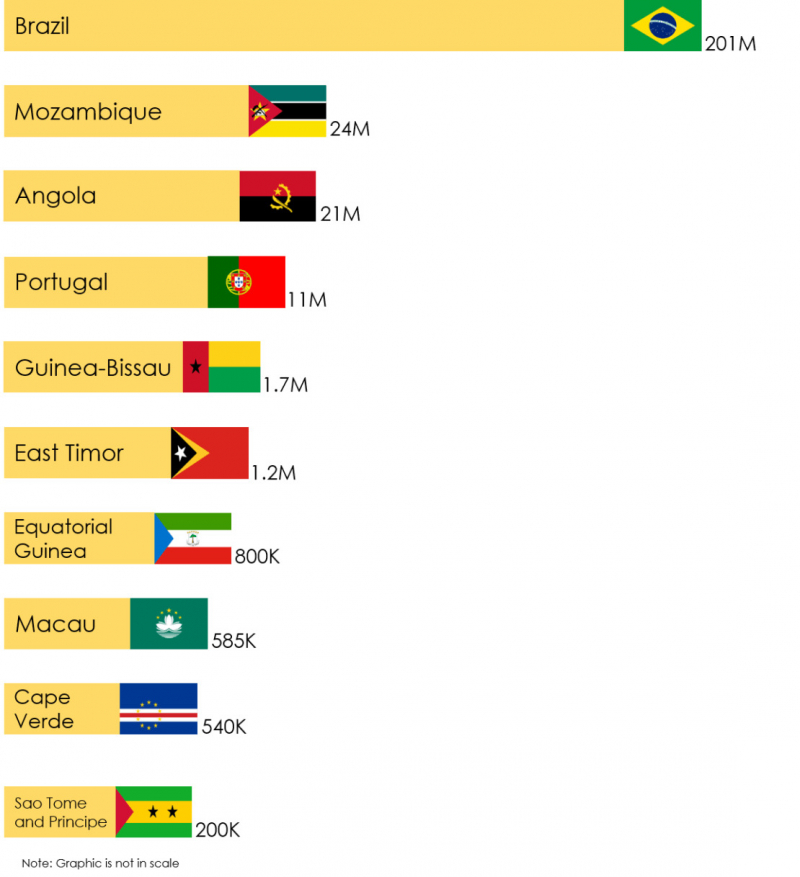
argosmultilingual.blog -
The giant sable antelope was recently discovered in Angola and has become a national symbol. The massive horns and broad stature of this enormous animal have made it famous. Male horns can grow to nearly five and a half feet (165 centimetres) in length. In Angola, there are many fascinating myths about the giant sable antelope. This rare species, known scientifically as the "sable antelope Hippotragus niger variani," is so uncommon that residents of Angola believe it is extinct.
Due to its endemic status, rarity, and physical characteristics, the giant sable antelope Hippotragus niger variani is the most widely recognized representative of Angolan biodiversity. It is confined to the upper Cuanza basin in central Angola, and is one of the last large mammals to be described in Africa. The Giant Sable Conservation Project (GSCP) is working to restore viable wild populations of these last few animals. It built a fenced sanctuary in Cangandala National Park for local females and a male translocated from the Luando population to breed safely. It has also enlisted the help of 20 local 'Sable Shepherds' who receive special training and uniforms and help with conservation efforts, research, and species management.
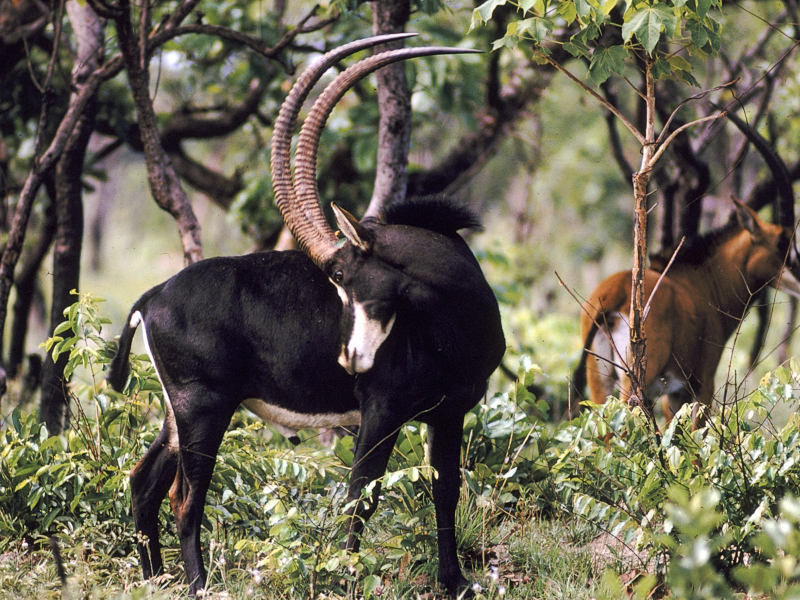
nationalgeographic.com 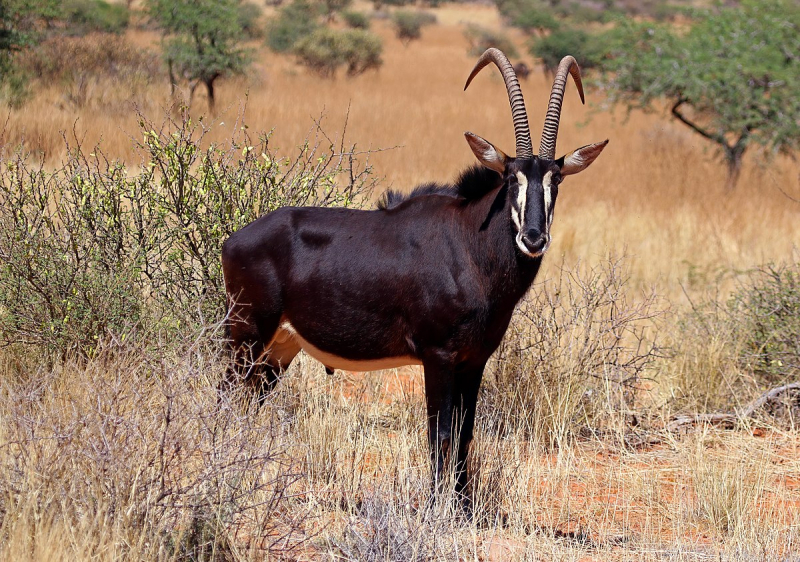
wikipedia.org -
When it comes to youngsters, Angola has a lot. In fact, nearly 70% of the Angolan population is under 24 years old. Angola has a very young population with a median age of 16.7 years. The fertility rate is one of the highest in the world, at 5.55 births per woman, allowing the country to grow rapidly. Regrettably, war has had a significant impact on the ratio of young to old. The country was ravaged by a 27-year civil war that ended in 2002, and it is still fighting to recover from the socioeconomic damage it caused.
The lives of today's Angolan youth are shaped by conflict as well as new hopes. This is true for both those born and raised in rural areas, who are the most affected by war, and urban youth, who have more access to modernity but whose future is equally threatened. War and uncertainty have an impact on how young people view the future, limiting their ability to make life decisions. Peace has brought new opportunities, but it has also brought new challenges.
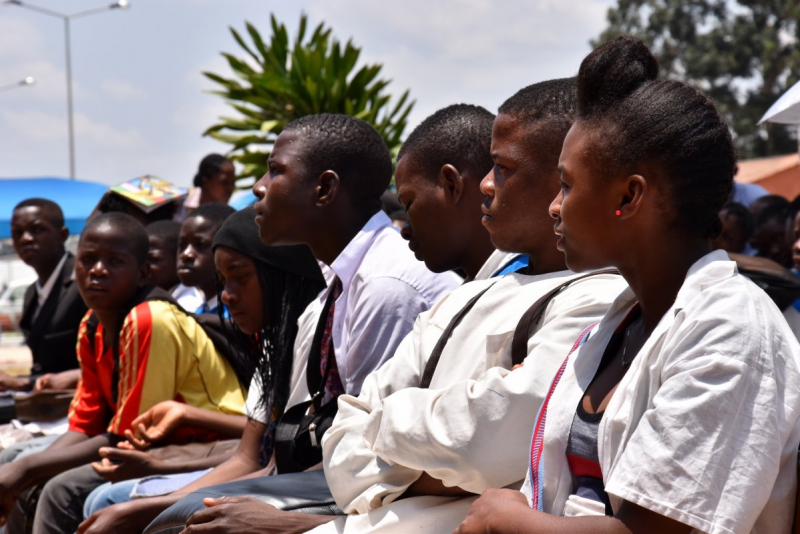
peopleinneed.com 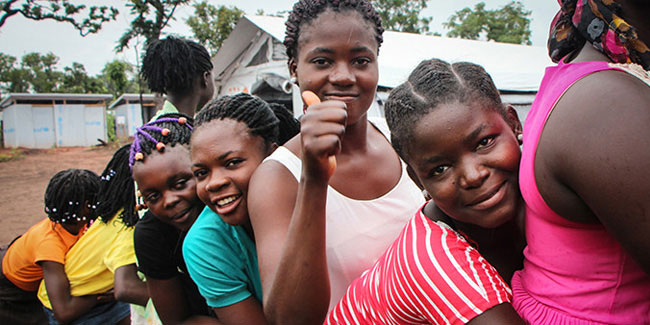
webplus.info -
Angola's Scarp Savannah, one of the things to know about Angola, is the name given to its savannas. It is a mountain prairie ecoregion that stretches from the Atlantic coast of the United States to the Pacific Ocean. The landscape of this ecoregion is quite diverse. There is a forest of tall trees surrounded by tall grasses to the north of the Cuanza River, with areas covered in mangroves and swamps along the river's banks.
Cloud forests can be found at higher altitudes on the western side of the Great Escarpment, and they are home to a diverse range of endemic plants and animals. Finally, there are dry scrubs and wooded savannahs along the coastal strip and the lower slopes of the Great Escarpment south of Cuanza. Many animals, including large mammals, live in the area. Although it is protected, the low level of protection leads to uncontrolled hunting and a reduction in the number of species.
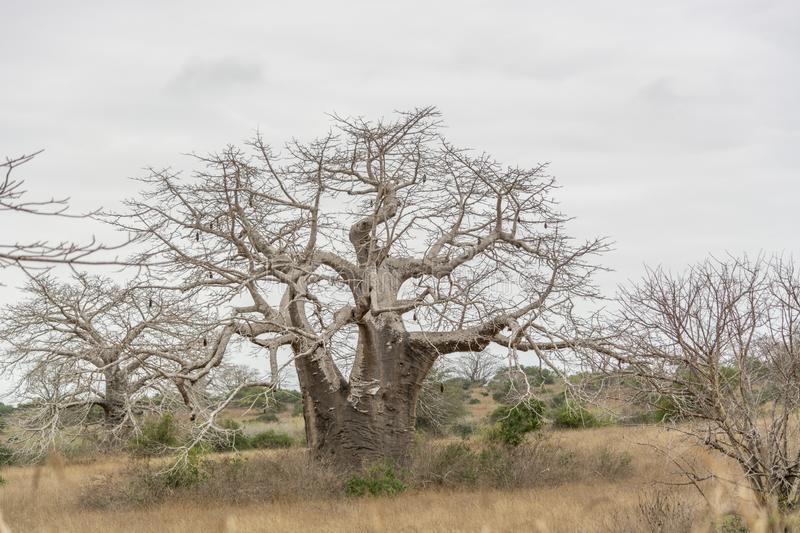
dreamstime.com 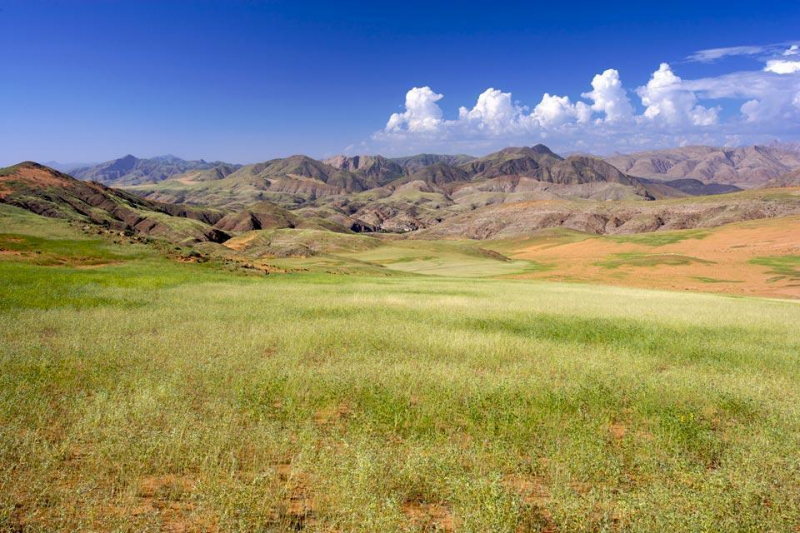
easyvoyage.co.uk -
The day of the proposal, or "Alambamento" is a big deal!! There is a large family gathering at which the boyfriend asks his girlfriend for her hand in marriage. The groom goes to the bride's house and asks for his girlfriend's hand in marriage from the bride's family, which he must obtain. He is given a list of what he must be able to obtain until the day of the proposal. The groom-to-be is expected to provide a wide range of gifts, depending on the bride's family's wishes.
Money, the bride's height in beer boxes, the bride's height in juice pallets or cokes (if you want to marry an Angolan woman, choose one who is short), one goat, one gold necklace, a suit for the fathers, and shoes for the mother are some of the most common gifts... However, the gifts can differ from family to family; the wealthier/more important the bride's family, the more extravagant the requests.
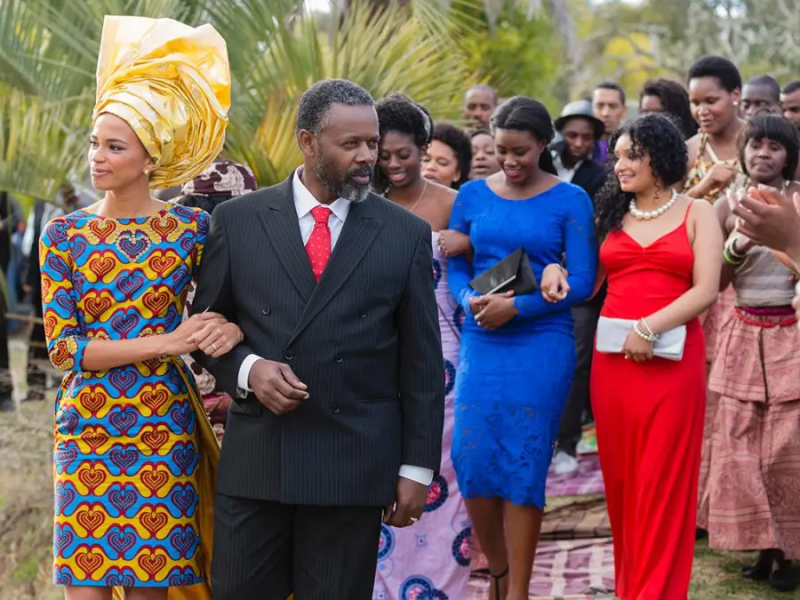
eradoconhecimentoblog.com 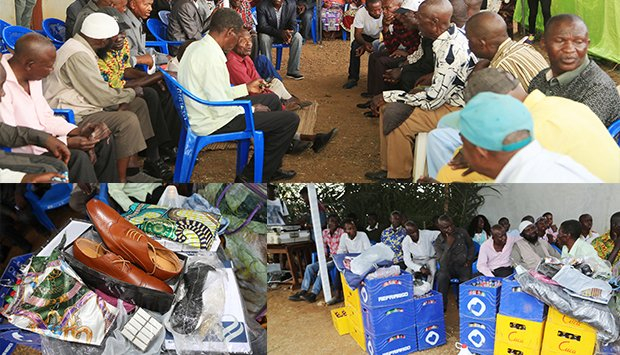
angola24horas.com -
Angolan cuisine, one of the most interesting things to know about Angola, is flavorful and aromatic in general. Fish, chicken, cassava, beans, okra, and other vegetables are among the most common ingredients. Angolan cuisine is both nourishing and appetizing, to say the least. Angolan cuisine has a strong Portuguese influence, especially in spicy seafood, which combines local cassava with non-native ingredients like onion and garlic. Fish or meat stewed in a rich sauce with vegetables such as okra and served with rice or fungus are the most common dishes (an Angola staple that draws comparisons to polenta). Dishes consist solely of vegetables and sauce at their most basic level.
The seafood is particularly good due to the long Atlantic coastline. Local fishermen will frequently have caught fish or shellfish on the same day, such as shrimp and lobster. One disadvantage of Angolan cuisine is the scarcity of restaurants, particularly outside of Luanda, despite the fact that new restaurants and cafes are springing up all the time.
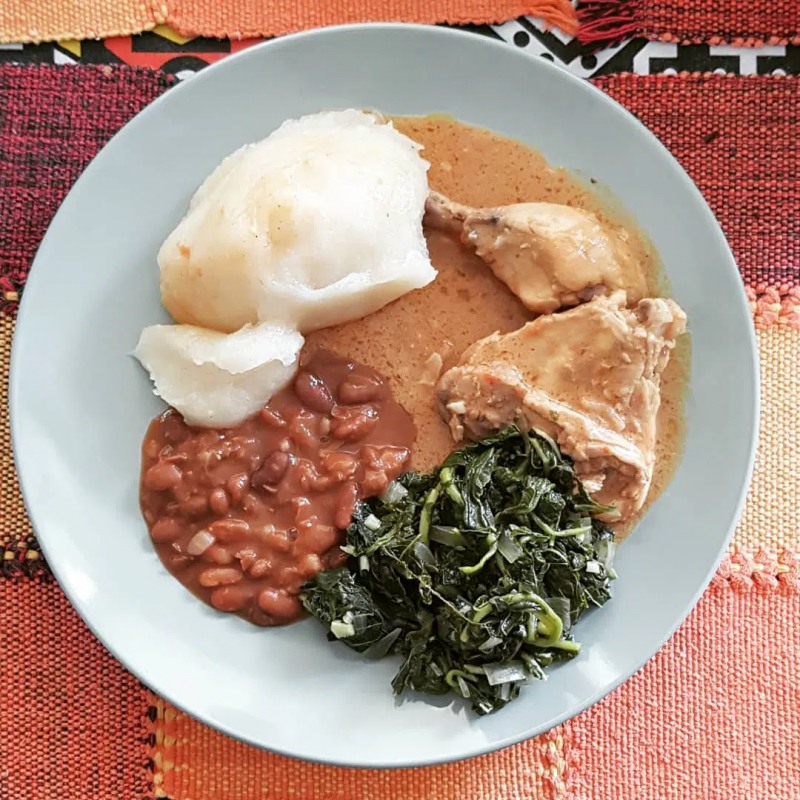
chefspencil.com 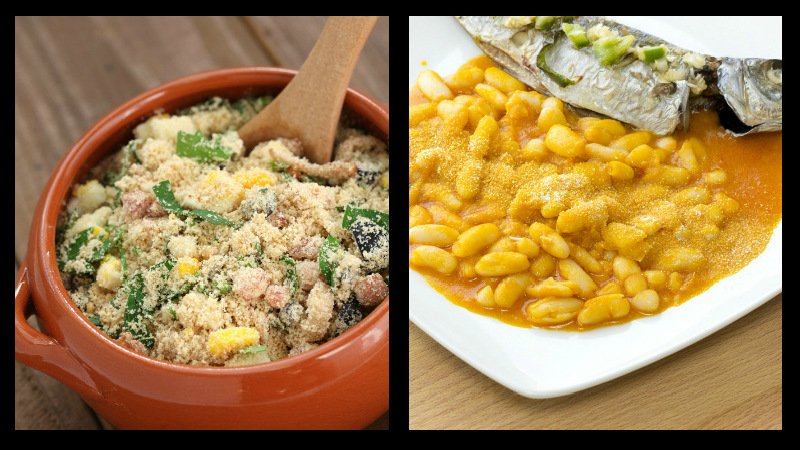
afktravel.com -
There is no better way to experience a place's culture than attending an event like the Carnival in Angola for travelers seeking authenticity. You'll notice that the revelers here are just as enthusiastic as those in more well-known locations such as Rio de Janeiro, New Orleans, or Trinidad. Angolans, as with any great celebration, bring their own distinct style that honors both their local traditions and national pride.
With Roman Catholics accounting for more than 40% of Angola's population, the significance of this time of year in the country cannot be overstated. Angolans look forward to this time of year, and even the President will attend the main parade in Luanda. Carnival is held every year on the evening of the last Thursday of Lent, and the festivities last until Shrove Tuesday, the last day of the Lenten season. This is also a national holiday in Angola, so the event is expected to be well-attended.
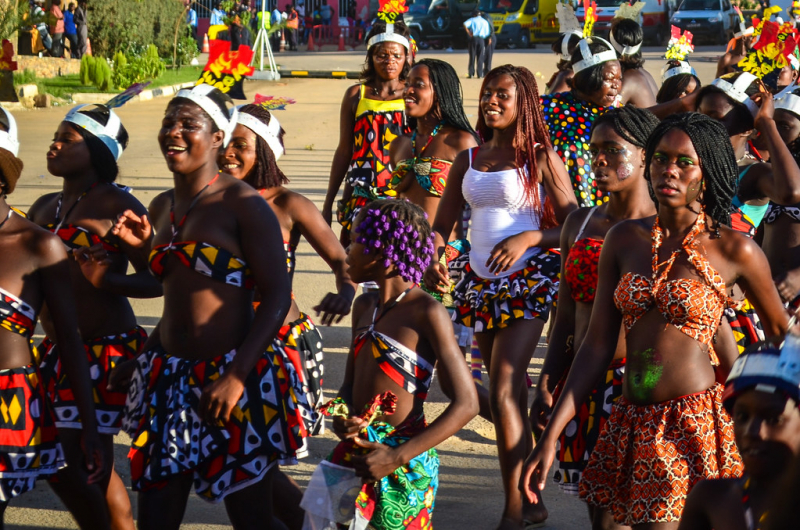
flickr.com 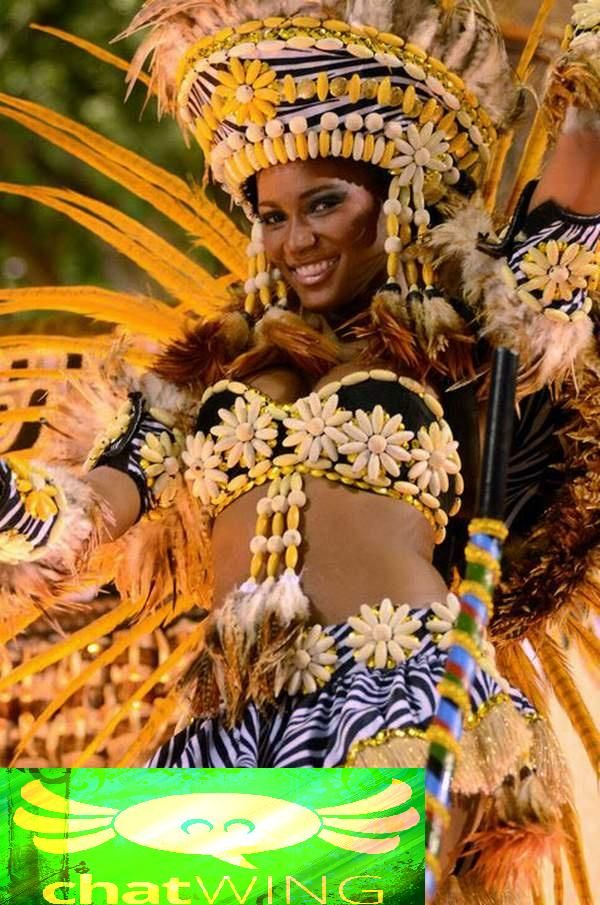
pinterest.com












